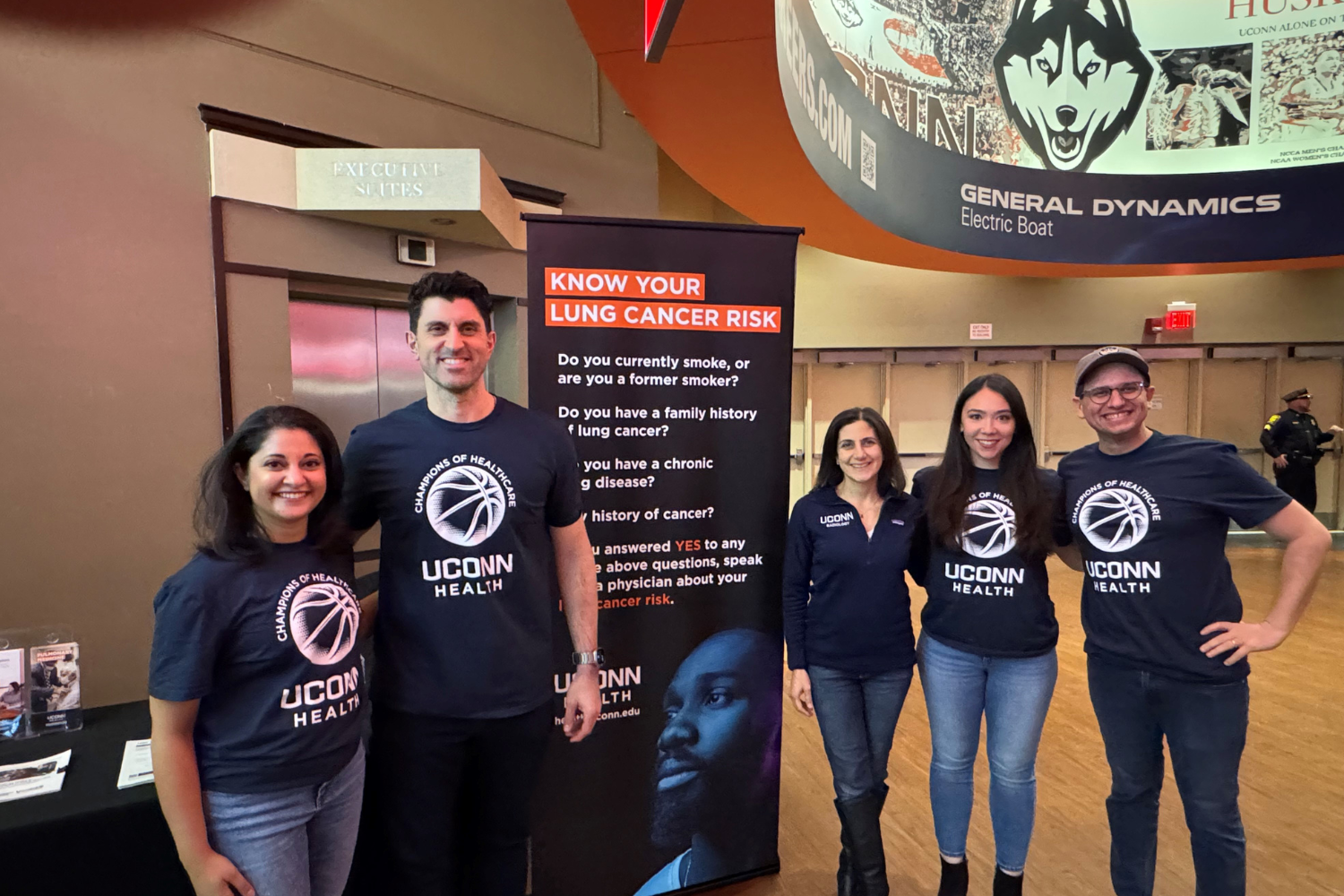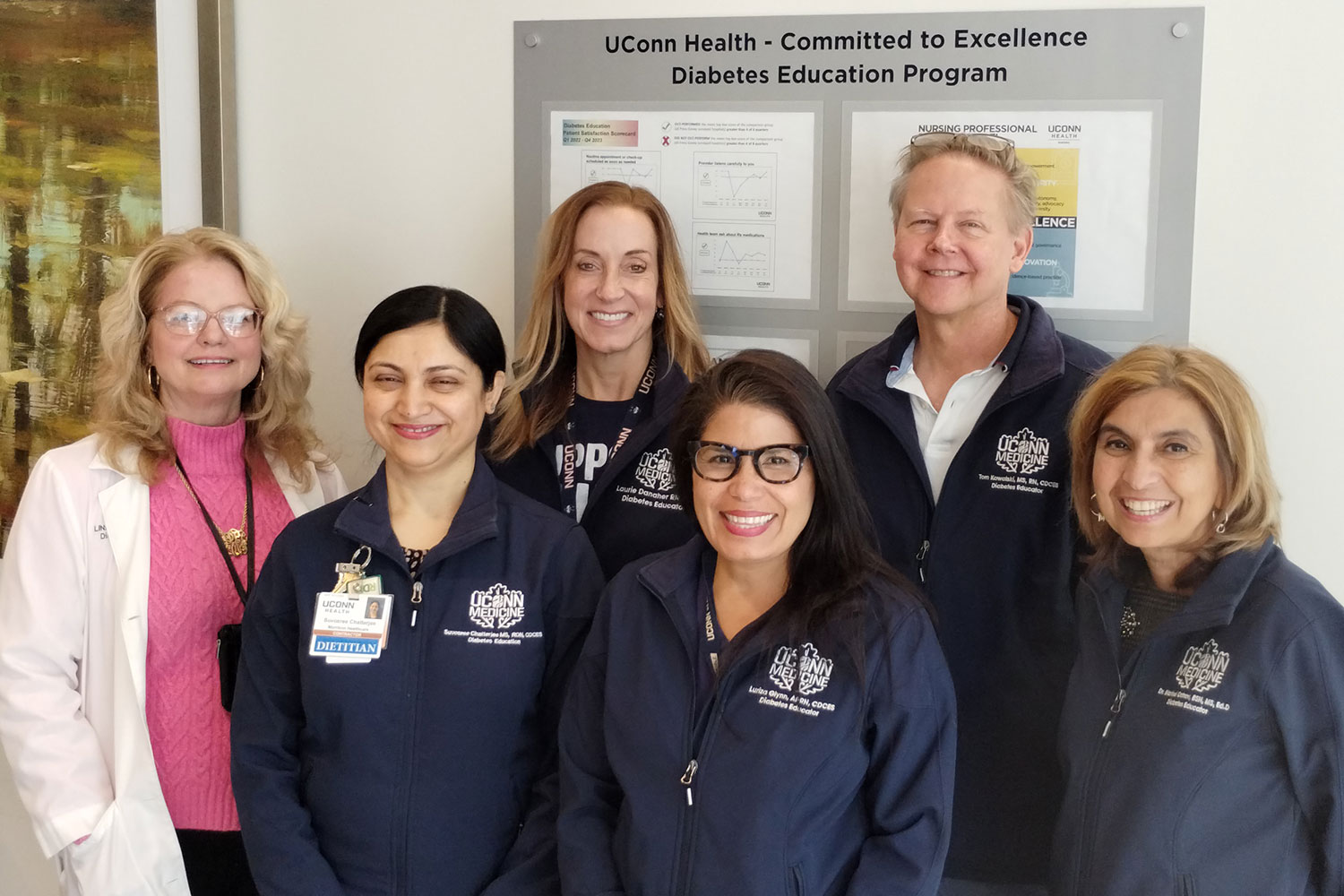“What is that? — it looks like a prehistoric Roomba,” my friend said.
We were sitting on a seawall, our feet dangling in the water. “That” was weaving its way through the sea grass beneath our toes. Roundish and brown, about a foot and a half across, with a long, sharp tail, it was a horseshoe crab, patrolling the tidal realm for worms and shrimp and bits of detritus that it would promptly hoover up, eating and cleaning the seafloor as it went.
Horseshoe crabs are ubiquitous along the coast of Connecticut and the rest of the eastern U.S., but most people who live elsewhere, like my friend, have never heard of them. Which is odd, because most of us owe our lives to their blood.
Read the full story at magazine.uconn.edu.



